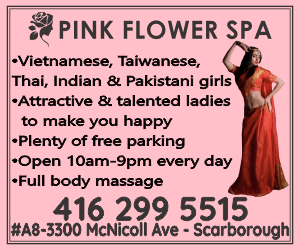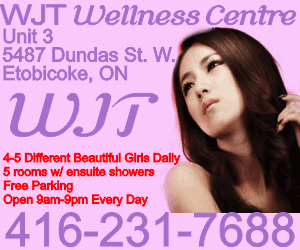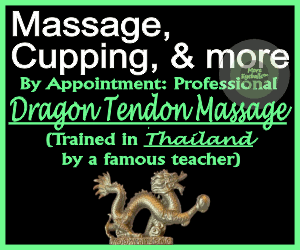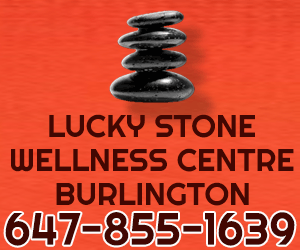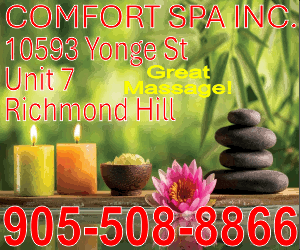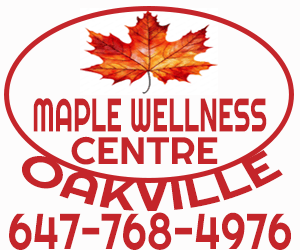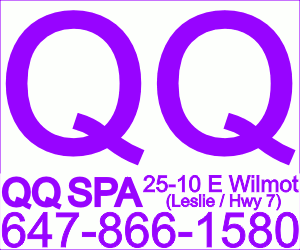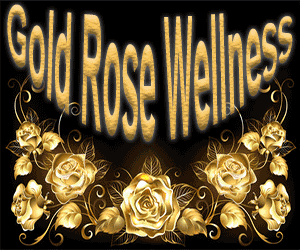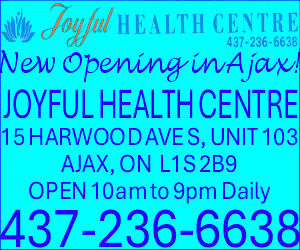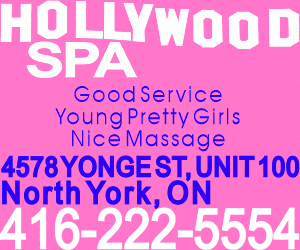R
Rebecca Gao
Guest

Open this photo in gallery:
It’s not uncommon to see gyms advertising the arrival of high-speed massage guns, compression boots, infrared light therapy and cryotherapy devices.Voronchuk Daria/Getty Images
Save for later
How often do you take the time to recover after a workout? Whether it’s a cool-down walk around the block after a run, stretching after lifting weights or downing an electrolyte-heavy drink to rehydrate, recovering well will help avoid injuries and ensure you can continue exercising.
Recovery is now one of the biggest trends in fitness, shifting from supplemental to front-of-mind. Today, most gyms, from the ultra-luxe to the bare-bones, have some sort of recovery offering: It’s not uncommon to see gyms advertising the arrival of high-speed massage guns, compression boots, infrared light therapy and cryotherapy devices.
“This tech started off as tools for elite athletes, so people may have known about them but they are unaffordable for most,” explains David Poggi, the president of 360 Athletics, a wholesale distributor of fitness and recovery products now distributing these gadgets. “But now, with different fitness clubs, people are trying these tools and seeing the effects for themselves.”
For Jason Jones, a personal trainer and advisor with CanFitPro, the country’s biggest fitness, health and wellness education provider, the shift toward recovery also signals a shift toward more holistic health. “Fitness isn’t just about aesthetics anymore, and it’s not even just about physical health anymore: It’s about overall health,” he says, adding that gym-goers are looking for mental-health boosts on top of the physical benefits. Gyms, leaning into that insight, are using recovery tools to draw people in.
But do they really work? And can they really elevate your fitness routine? Here, we break down a few of the common recovery tools found at the gym and whether they’re really helpful.
Massage guns
Open this photo in gallery:
Massage guns are one of the most popular recovery tools.M-Production/Getty Images
You’ve probably seen these hand-held devices, which automatically hammer your muscles, online or used one yourself. Massage guns are one of the most popular recovery tools, with the market expected to grow from US $1.5-billion to US $3.7-billion in the next decade.
Cameron Mitchell, an associate professor at the school of kinesiology at the University of British Columbia, says that while it’s “not super clear” how massage guns work to make people feel better, applying pressure and massaging sore parts of your body – especially with something like a foam roller – does reduce pain.
A 2023 review published by the Journal of Functional Morphology and Kinesiology found that massage guns don’t improve fitness outcomes like strength and balance, but when used for recovery, they can improve short-term range of motion, flexibility and reduced stiffness.
Compression boots
Open this photo in gallery:
A 2023 study found that compression promotes cardiovascular recovery.Yaraslau Mikheyeu/Getty Images
Designed to encase the entire leg from toes to upper thighs, compression boots are like sleeves with different chambers that each fill with air to compress and squeeze specific parts of the lower body.
“The idea is that they’re supposed to stimulate a massage – a little bit of rhythmic contraction to move the blood through your legs,” Mitchell says, adding that some of his students who use compression boots report feeling great afterwards. “The biggest benefit here is that it might reduce feelings of discomfort and physiologically, it might help reduce inflammation.”
Jones says that, unlike some recovery tools, compression boots have a lot of science backing up their benefits. According to him, compression can reduce the amount of postworkout soreness and can help reduce pain, especially around injured joints. And, there is research to back up these claims: A 2023 study found that compression promotes cardiovascular recovery while another study from 2018 found that compression has benefits for range of motion. (Though it is worth mentioning that compression boots have little effect for delayed-onset muscle soreness.)
Electronic foam rollers
Open this photo in gallery:
Foam rollers are excellent recovery tools, however, there’s no proof that vibration adds anything.AzmanJaka/Getty Images
Foam rolling itself has myriad benefits: A study from 2015 found that foam rolling improves muscle tenderness and reduces delayed-onset muscle soreness, just to name a couple of benefits. So, do electronic foam rollers, which add vibrations to the mix, add even more benefits?
A meta-analysis from the journal Sports Medicine found that vibrations have “great potential” for enhancing recovery but further research needs to be done.
Both Jones and Mitchell are skeptical. Jones says that people often report that electronic foam rollers “feel good,” which he does see as a major benefit – especially if it gets you back into the gym sooner. “I think that’s where these tools work best.”
Mitchell says that while foam rollers are excellent recovery tools, there’s no proof that vibration adds anything. “Adding a motor to something to make it more expensive isn’t something I’d recommend,” he says. But if it feels good, there’s no harm in using one.
Can I still get a good recovery without these tools?
Absolutely. Though these high-tech tools are fun to use and definitely feel good (and if they encourage you to go to the gym more, that’s a net positive too), Mitchell says that working out consistently is one of the best ways to avoid feeling sore. “As you train up more consistently, you’re going to find that certain things make you less sore – more training will help you adapt.”
And the best tool for recovery is actually getting more rest. “The biggest recovery tools you have are sleep, sleep and sleep, by the biggest possible margins,” Jones says. And of course, ensuring you’re eating healthily and hydrating properly will also do wonders for your postworkout routine and your health in general.
























